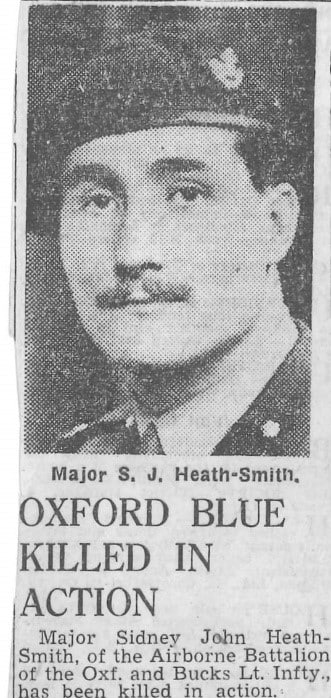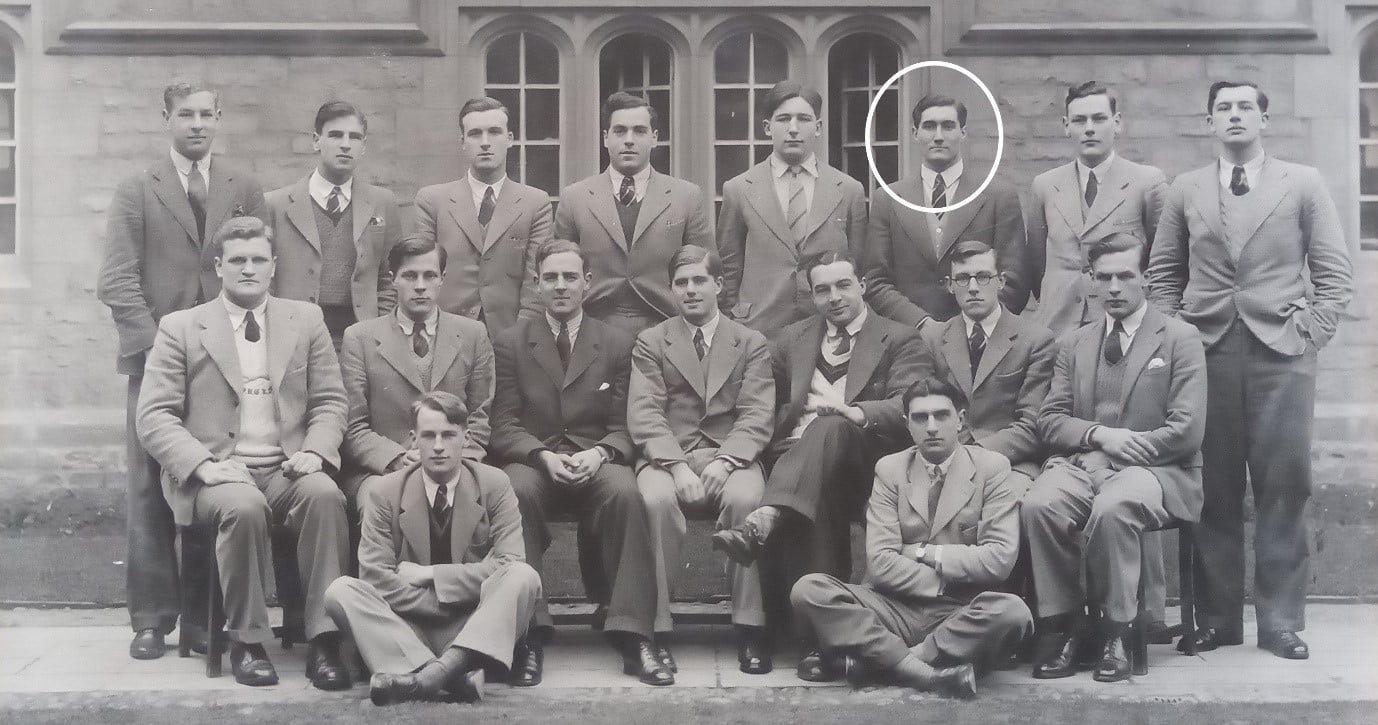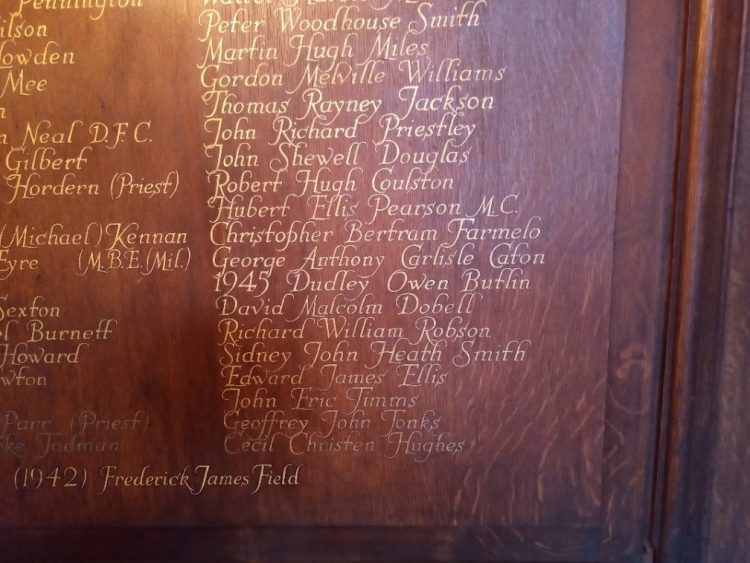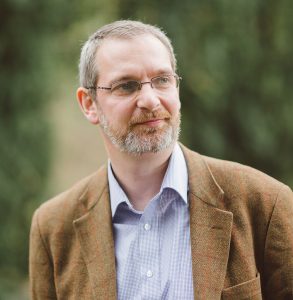Remembering Aularian Sidney John Heath Smith
11 Nov 2020|Rob Petre
- Library, Arts & Archives

I would say at the majority of enquiries that I get relating to the Hall Archives are from family historians; one of the many that I found on my return from furlough related to an Oxford man, who had come to the Hall in 1938 but joined up as soon as war was declared; he was one of the last Aularians to lose his life in the conflict.
In this, the 75th anniversary year of the end of the Second World War, it seems appropriate to remember an Aularian who lost his life in March 1945, a scant 6 weeks before VE Day, in one of the final battles which cleared the way for the Allied forces to enter Germany.
Sidney John Heath Smith (1937, Modern Languages and Linguistics) matriculated from the Hall in 1937, spending his first year on staircase 2 but his second living at home – his father was a director of the Morris Motors Ltd, and the family home was in Boars Hill. Even when S J H Smith (known as John Heath-Smith from 1940, when he became 21 and hyphenated his last two names) lived out of college, he took a full part in Hall life. He spoke at Debating Society meetings, took second places at the Hall Sports in the sprint, the hurdles and at “the Weight” (from the context this would appear to be a throwing contest, but I would be delighted if someone could confirm this); and he had been awarded rugby colours in 1938.
However, Heath-Smith’s greatest sporting prowess was as a pugilist, boxing for the University from 1938 and winning his blue in 1939.
I believe that he joined up early in the war, as he did not return for Michaelmas term 1939. After a period with the Officer Cadet Training Unit in Camberley he joined the Oxford and Bucks Light Infantry. During his training in 1941, Heath-Smith wrote to Principal Emden “from the mountains of Wales” and expressed his worries about the effect that the constant retreats and withdrawals by the Allied armies would have on the morale of not only the soldiers but also civilians; and he was not impressed by what he saw as a mismanagement of resources: “bare hands cannot strike against steel, and bayonets will not stop tanks”.
As the tide of war turned more in the Allies’ favour, Heath-Smith began to wonder about his future; he had no plans to return to Oxford to complete his degree and wrote to the ABE in February 1943 to ask if his two years could count for something; he had completed Pass Moderations in 1939, and so was eligible for a degree under the wartime regulations; his BA was conferred in May 1943.


S J Heath-Smith’s life at the Hall has been surprisingly well recorded. As well as the usual student file, Principal Emden kept special files of Aularians who lost their lives. Many of these include news cuttings as well as letters received during the course of the war. In one of his final letters to the ABE in October 1944 Heath-Smith said that he thought “(the common soldier) is glad to be an Englishman but not proud of it… his allegiance is to his family, rarely beyond”, so he thought that his future should lie in teaching, so that he might “show the boys that England is something worth making efforts for”.
Heath-Smith achieved the rank of major in the Parachute Regiment (6th Airborne Division), and was killed during Operation Varsity, an airborne assault by the Allies which landed on the east bank of the Rhine to clear the way for ground troops to cross the river in numbers. He was among the 1400 casualties suffered by the British on 24th March, in what was the largest single-day drop of Allied airmen in the war.
Leaving behind a widow and son, he is commemorated on the war memorial in the Chapel.
Postscript
Since the publication of this blog, we have been contacted by the Librarian of Sidney John Heath Smith’s School (King Edward VI Five Ways School, Birmingham) who informed us that Smith received an eye wound in 1941 which meant he was technically unfit for military service. However, he continued to serve with the Airborne Corps.
Category: Library, Arts & Archives
Author

Rob
Petre
Rob is the College Archivist. His role is to preserve the documentary heritage of St Edmund Hall and to try and answer questions on any aspect of the Hall’s history with reference to our archive collection.